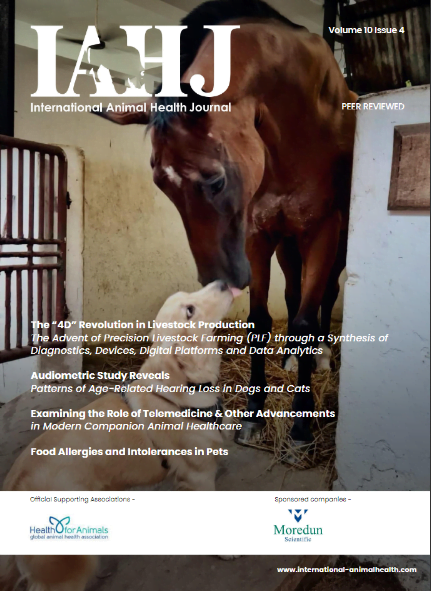New research shows the significant negative impact that invasive, non-native house mice on the Farallon Islands are having to the threatened ashy storm-petrel. Original modeling by ecologists shows the potential impacts to the petrel’s population if mice are allowed to remain. The super-abundant mice encourage migrating burrowing owls to stay on the island, who later in the winter switch from eating mice to preying on the petrels.
New research from Point Blue Conservation Science shows the significant negative impact that invasive, non-native house mice on the Farallon Islands are having to the threatened ashy storm-petrel. Original modeling by ecologists published today in the journal Ecosphere shows the potential impacts to the petrel’s population if mice are allowed to remain. The super-abundant mice encourage migrating burrowing owls to stay on the island, who later in the winter switch from eating mice to preying on the petrels.
The paper’s authors conclude that the owls are inhibiting population recovery for the ashy storm-petrel. Models show that if mice are removed from the island, reducing the presence of overwintering burrowing owls, the population of threatened petrels is projected to stabilize or potentially increase.
The ashy storm-petrel is a small, grayish-brown nocturnal seabird. Some experts estimate that there are only about 5,000-10,000 breeding ashy storm-petrels, with nearly half of the world’s population breeding on the South Farallon Islands. Because of its small population and the numerous threats it faces, it is listed as Endangered by the International Union for Conservation of Nature (IUCN) and a Species of Conservation Concern by federal and state agencies.
Burrowing owls regularly stop at the islands to rest during their fall migration and find a plentiful food source when invasive mice are at their seasonal population peak. Instead of continuing on their migration, several owls remain on the islands to feed on the mice. This keeps them on the island long past the natural time for them to move on to their wintering grounds. But the mouse population crashes each winter, forcing the owls to seek other prey. The owls then switch to preying on the rare ashy storm-petrels, which are just returning to begin their breeding cycle.
“Point Blue has been monitoring birds and other wildlife on the Farallones for over 45 years,” said Dr. Nadv Nur, the study’s lead author. “While in recent years we suspected that the burrowing owls were having a significant impact on the petrel population, this is the first time we’ve been able to demonstrate how serious those impacts are and how much the possibility of the petrel population’s recovery will be threatened if the situation is left unchecked.”
Even a small number of owls can kill a large number of storm petrels if the owls overwinter on the island. Because the owls prey on breeding ashy storm-petrels, they also eliminate all current and future offspring of every bird they kill. The result is increasing mortality of the seabird, reducing the ability of the population to grow. Scientists estimate that over 40% of current annual mortality of the Farallon storm petrel is due to predation by owls. Removing house mice from the South Farallon Islands would break this chain of events. With no mice to feed on, migrating owls would find the islands inhospitable and most would continue on their southward migration instead of feeding on rare Farallon birds.
Researchers used Point Blue’s long-term data on the Farallon Islands National Wildlife Refuge to provide a quantitative estimate of the long-term anticipated benefit to ashy storm-petrels from a proposed house mouse eradication project. Importantly, they found that reducing the presence of overwintering burrowing owls by 80% (a reduction likely to occur if the mice are removed) is projected to lead to a stable or increasing petrel population.
After a period of increasing numbers, researchers observed the petrel population start going down in 2005-06, right as they started seeing more burrowing owls overwintering on the islands.
“What makes this a particularly compelling study is that researchers were able to determine that annual survival rates of locally breeding, uniquely banded, Farallon storm petrels decreased with increasing numbers of overwintering burrowing owls,” Dr. Nur says. “Field biologists also found that the number of carcasses of storm petrels depredated by owls increased as the number of over-wintering burrowing owls increased.”
If recently observed conditions apply in the future, the already-threatened storm-petrel population is expected to decline by 63% over the next 20 years.
Reducing burrowing owl abundance, through elimination of their house mouse prey, will have a substantial and significant effect in reducing overall storm-petrel mortality and will promote stable or increasing population trends. Reducing risks to the Ashy Storm-petrel population is expected to help keep the rare, threatened bird off the federal Endangered Species list.











